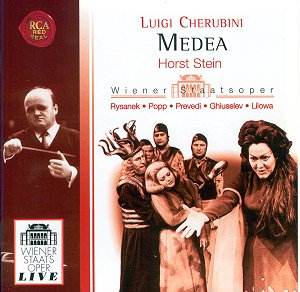 Composer: Jean Sibelius
Composer: Jean Sibelius
Works: Violin Concerto; Alban Berg: Violin Concerto
Performers: Oleg Kagan (violin), Finnish Radio Symphony Orchestra/Tauno Hannikainen; Vienna Symphony Orchestra/Hans Vonk
Recording: Helsinki, 8 Dec 1965; Bregenzer Festspiele, 11 Aug 1985
Label: Live Classics LCL 143
Jean Sibelius’s Violin Concerto, a cornerstone of the violin repertoire, embodies the composer’s unique blend of Nordic folk elements with late-Romantic expressivity. First performed in 1904, the work has evolved into a beloved showcase for violinists, demanding both technical prowess and deep emotional engagement. This particular recording, featuring the young Oleg Kagan, captures a pivotal moment in the artist’s early career, coinciding with his victory in the prestigious Sibelius Competition. The juxtaposition of this work with Alban Berg’s Violin Concerto presents a fascinating exploration of the violin’s expressive capabilities, both as a vehicle for personal narrative and as a conduit for broader emotional experience.
Kagan’s interpretation of the Sibelius Concerto reveals a player of remarkable sensitivity and youthful vigor. His slender tone, while at times lacking the heft associated with more mature performances, possesses a petulance that aligns well with the work’s dramatic contrasts. The opening movement unfolds with a careful attention to phrasing; Kagan navigates the intricate passages with a deftness that belies his age. Notably, the contrasting cadenzas are imbued with a sense of spontaneity, even as they reflect an acute awareness of the work’s structural intricacies. The occasional roughness, such as the slight miscalibration at 0:36 in track 3, serves to enhance the authenticity of this live performance, suggesting a rawness that is sometimes absent in more polished interpretations.
The Finnish Radio Symphony Orchestra, under the baton of Tauno Hannikainen, provides a robust yet nuanced accompaniment. Hannikainen’s interpretation of the orchestral textures is commendable; the orchestral fabric is rendered with clarity, allowing the dialogue between soloist and ensemble to emerge distinctly. The recording quality is particularly noteworthy, with a low level of hiss that contributes to a vibrant listening experience. The Helsinki audience’s quietude enhances this, creating an atmosphere that feels intimate yet reverent, inviting the listener into the performance’s unfolding drama.
Transitioning to Berg’s Violin Concerto, recorded two decades later, one encounters a vastly different interpretive landscape. Kagan’s tone has evolved into something markedly more refined and sumptuous, a testament to his growth as an artist. The performance is imbued with an emotional depth that resonates throughout the work’s complex harmonic language. Under Hans Vonk’s direction, the Vienna Symphony Orchestra deftly navigates the ethereal textures of Berg’s orchestration, achieving a masterful balance between the soloist and the ensemble. The opening bars, with their tolling bell-like motifs, are particularly evocative, instilling a sense of longing that permeates the entire work.
The sound engineering of this recording merits mention as well; the clarity of the orchestral lines and the nuanced placement of the violin within that soundscape is exemplary. The interplay of dynamics is handled with sophistication, allowing Kagan’s emotive playing to shine without overwhelming the delicate orchestral backdrop. This performance stands as a significant interpretation of Berg’s work, one that captures the confluence of personal and universal themes in a manner that feels both immediate and profound.
The juxtaposition of Kagan’s performances of Sibelius and Berg on this disc offers an insightful view into the evolution of his artistry. While the Sibelius Concerto may not rank among the top ten recordings, it holds considerable documentary value and demonstrates a compelling youthful interpretation of a pivotal work. The Berg, however, emerges as an outstanding performance, a testament to Kagan’s matured expressivity and interpretive insight. This disc is thus essential for those seeking to understand the breadth of Kagan’s artistry and the evolving nature of the violin repertoire in the 20th century.



